Sustainable development is more than a policy goal — it is a moral and practical imperative. Defined by the Brundtland Commission in 1987 as “development that meets the needs of the present without compromising the ability of future generations to meet their own needs,” the concept has only grown in urgency as we face accelerating climate change, biodiversity loss, and widening inequality.
At its heart, sustainable development is about balance — aligning economic progress with social well-being and environmental stewardship so that growth today does not rob tomorrow.
What Sustainable Development Means Today
Sustainable development asks three interconnected questions:
- Environmental stewardship — How do we protect ecosystems, conserve natural resources, and reduce carbon emissions so that life can thrive on a healthy planet?
- Social sustainability — How do we ensure equity, dignity, and well-being for all people, including access to food, water, healthcare, and opportunity?
- Economic responsibility — How do we grow and innovate without depleting resources, exploiting workers, or externalizing costs onto communities and ecosystems?
Far from being competing goals, these three dimensions depend on one another. An economy cannot thrive on a dying planet. Social stability cannot exist without fairness and equity. A healthy environment cannot be sustained if economic models reward waste and exploitation.
Why Sustainable Development Matters
Environmental Conservation
Unchecked human activity is driving deforestation, mass extinction, and a climate crisis. The fashion industry alone produces around 10% of global carbon emissions, while food waste contributes nearly 8% of all greenhouse gases. Without systemic change, we risk destabilizing ecosystems essential to human survival. Sustainable development seeks to reverse these trends by shifting to circular economies, renewable energy, and restorative land use.
Social Equity
Sustainability is not only about ecosystems — it is also about justice. Over 700 million people still live in extreme poverty, and climate change disproportionately harms vulnerable populations. Sustainable development links resource conservation to fairness: ensuring clean water, renewable energy, and resilient infrastructure are accessible to all, not just the wealthy.
Economic Resilience
A common misconception is that sustainability and growth are incompatible. In reality, long-term economic health depends on ecological balance and social cohesion. Green innovation, renewable energy, and circular production systems open new markets, cut costs, and reduce risk. A planet-first business model isn’t charity — it’s future-proofing.
Challenges Standing in the Way
- Short-termism — Corporate and political systems still prioritize quarterly profits or election cycles over long-term planetary health.
- Awareness gaps — Many individuals underestimate how their choices — from food to fashion — contribute to carbon emissions, pollution, and inequality.
- Infrastructure & policy — Waste systems, energy grids, and subsidies are often designed for the old linear economy, not circular or regenerative models.
How to Change the Outcome
Policy and Governance
Governments play a central role: setting emissions standards, redirecting subsidies toward renewables, penalizing polluters, and enforcing labor protections. International frameworks like the Paris Agreement and the UN Sustainable Development Goals provide direction, but meaningful progress depends on local action and accountability.
Education and Awareness
Change begins with understanding. From classrooms to corporate boardrooms, embedding sustainability into everyday decision-making is essential. When individuals know that if every household cut food waste by just 25%, global agricultural emissions could fall by 8%, or that switching to renewable energy could save trillions in health and climate costs, the path forward becomes clear and empowering.
What You Can Do Today
- Buy less, choose better — Support durable, repairable products and responsible companies.
- Cut food waste — Plan meals, compost scraps, and use leftovers creatively.
- Rethink energy — Switch to renewable providers where possible, or adopt simple energy-saving practices at home.
- Advocate and vote — Push for policies that prioritize planet and people over short-term profit.
- Support circular systems — Choose secondhand, repair, or share instead of defaulting to “new.”
Each choice may feel small, but multiplied across millions of households and businesses, they create ripples that shift markets, culture, and policy.
Final Thoughts
Sustainable development is not optional — it is survival. It represents a shift from “profit now, pay later” to “planet first, prosperity shared.” By aligning our economies, communities, and daily choices with the principles of sustainability, we can create a resilient, equitable future where both people and the planet thrive.
The responsibility is collective — governments, corporations, and individuals each hold a piece of the puzzle. But the opportunity is also collective: to reshape how we live, produce, and consume into systems that restore rather than deplete.
The future is still in our hands. The time to act — with urgency, creativity, and responsibility — is now.

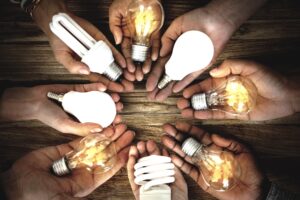
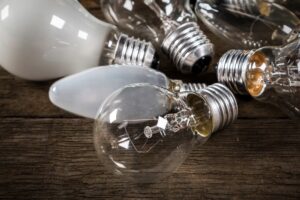

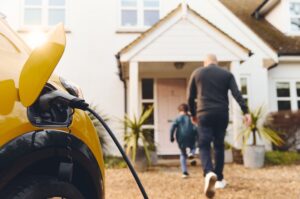
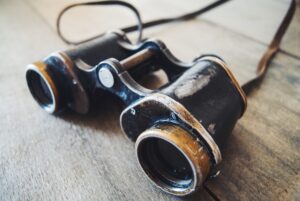
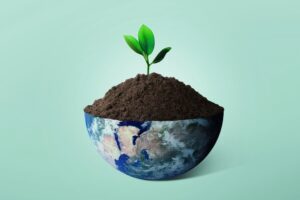


Reader Interactions